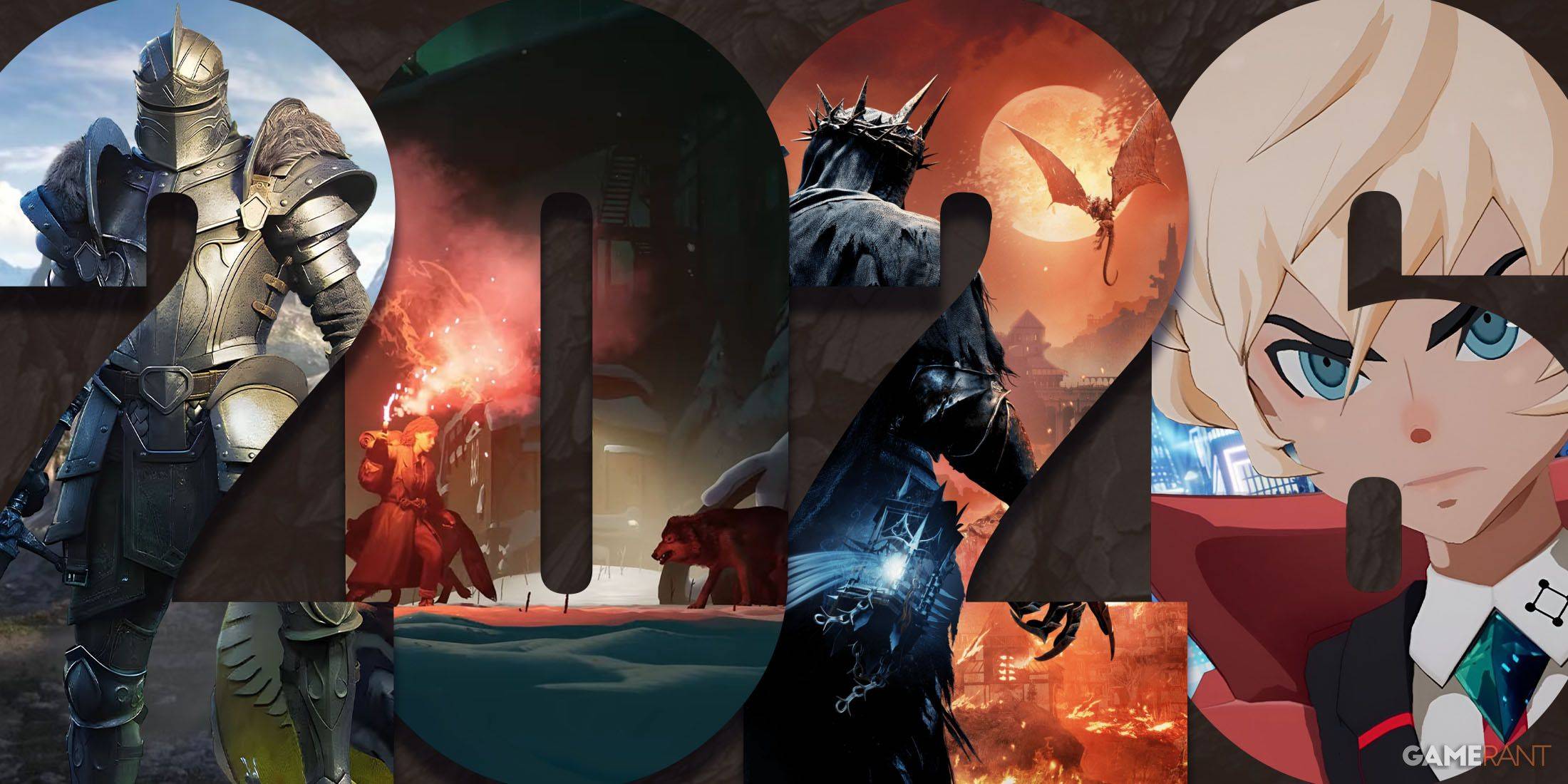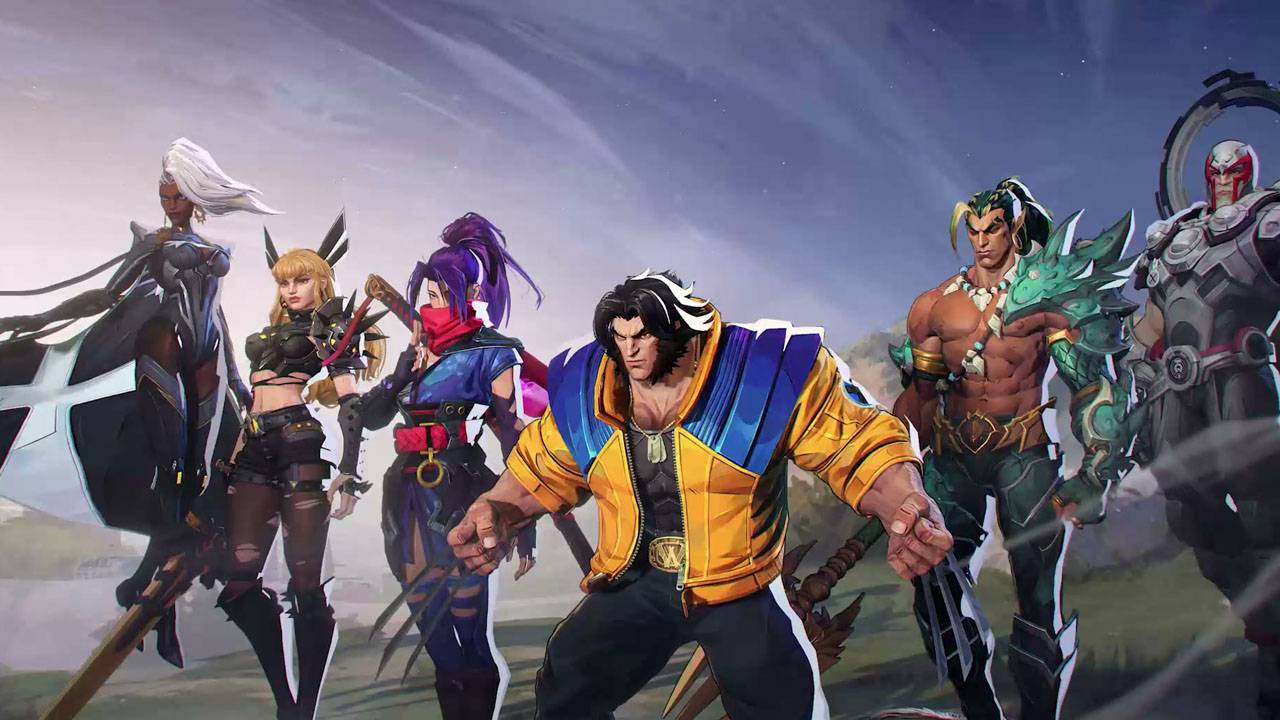Doom's Dark Ages: A Halo Moment in Gaming
During a recent hands-on demo with id Software’s gothic prequel, *Doom: The Dark Ages*, I was unexpectedly reminded of *Halo 3*. As I mounted a cyborg dragon and unleashed a salvo of machine gun fire across a demonic battle barge, I couldn't help but draw parallels to Master Chief's assault on the Covenant's scarab tanks. After destroying the vessel's defensive turrets, I landed on the ship and charged through its lower decks, turning the crew into red slop before bursting through its hull and leaping back onto my dragon to continue the crusade against Hell's machines.
While the core combat of *The Dark Ages* is unmistakably *Doom*, the campaign's design seems to channel a "late-2000s shooter" vibe with its elaborate cutscenes and novel gameplay mechanics. Over the course of two and a half hours, I played four levels, with only the first resembling the tightly paced, meticulously designed levels of *Doom (2016)* and its sequel. The subsequent levels featured me piloting a colossal mech, flying a dragon, and exploring a wide-open battlefield filled with secrets and powerful minibosses. This departure from *Doom*'s typical focus on mechanical purity echoes games like *Halo*, *Call of Duty*, and even old James Bond games like *Nightfire*, known for their scripted setpieces and novelty mechanics.
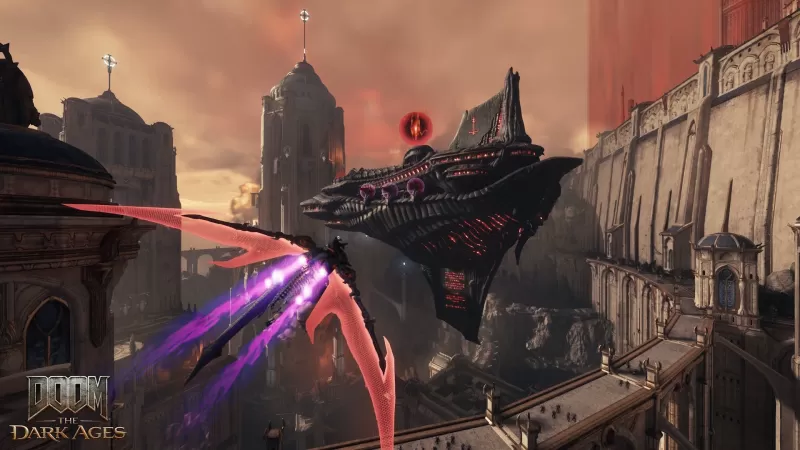
This shift is intriguing, especially considering the series once moved away from such elements. The cancelled *Doom 4* aimed to resemble *Call of Duty* with its modern military aesthetic and emphasis on cinematic storytelling, but id Software eventually opted for a more focused approach with *Doom (2016)*. Yet, here we are in 2025 with *The Dark Ages* reintroducing these elements.
The campaign's rapid pace is punctuated by new gameplay ideas reminiscent of *Call of Duty*'s biggest novelties. My demo began with a long, elaborate cutscene reintroducing the realm of Argent D'Nur, the opulent Maykrs, and the Night Sentinels, portraying the Doom Slayer as a nuclear-level threat. This cinematic approach, while familiar to *Doom* obsessives, feels very *Halo*-like. The levels themselves feature NPC Night Sentinels scattered throughout, enhancing the sense of being part of a larger force, much like Master Chief leading the UNSC Marines.
The introductory cutscene includes significant character work, raising questions about whether *Doom* needs this level of storytelling. Personally, I prefer the subtler narrative approach of the previous games, but the cutscenes in *The Dark Ages* are brief and serve to set up missions without disrupting the game's intense flow.
However, other interruptions come in the form of new gameplay segments. After the opening mission, I found myself in the cockpit of a Pacific Rim-like Atlan mech, wrestling demonic kaiju, and then soaring on a cybernetic dragon, taking down battle barges. These tightly scripted levels introduce significant shifts in gameplay, reminiscent of *Call of Duty*'s AC-130 gunship or dogfighting missions. The mech sequences feel slow and heavy, while the dragon is fast and agile, offering a different experience from classic *Doom*.
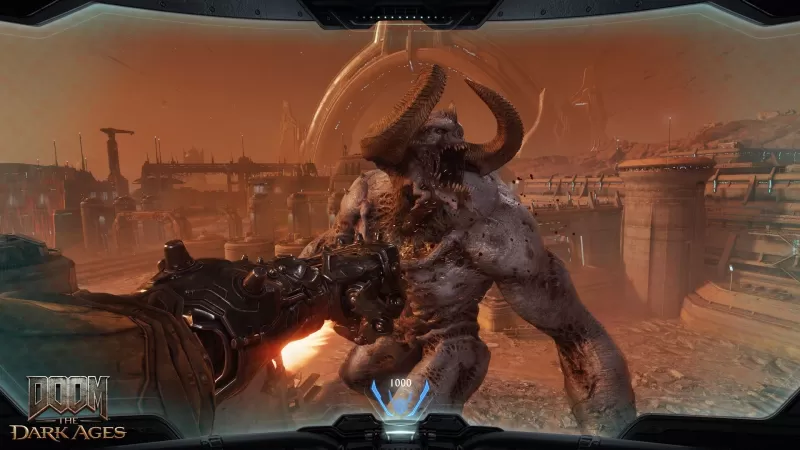
Many top FPS campaigns thrive on such variety, with *Half-Life 2* and *Titanfall 2* setting the standard. *Halo* has endured due to its mix of vehicular and on-foot sequences. Yet, I'm uncertain if this will work for *Doom*. The core combat of *The Dark Ages* remains wonderfully complex, demanding constant attention as you weave together shots, shield tosses, parries, and brutal melee combos. In contrast, the mech and dragon sequences feel less engaging and more like on-rails experiences.
In *Call of Duty*, switching to a tank or gunship works because the mechanical complexity isn't far removed from on-foot missions. However, in *The Dark Ages*, there's a clear divide between gameplay styles, making the transition jarring. While *Doom*'s core combat is the star, the novelty sequences should not make me yearn for the ground combat.
The final hour of my playthrough introduced the "Siege" level, which refocused on id's exceptional gunplay but expanded the level design into a vast open battlefield. The goal was to destroy five Gore Portals, reminiscent of *Call of Duty*'s multi-objective missions, yet it also evoked *Halo*'s contrast between interior and exterior environments. This level required rethinking weapon ranges and using charge attacks and shields in new ways.
Expanding *Doom*'s playspace can lead to unfocused moments, with backtracking and empty pathways disrupting the pace. Integrating the dragon into this level, similar to *Halo*'s Banshee, could maintain the pace and make the dragon feel more integral to the experience.
The return of ideas from the cancelled *Doom 4* in *The Dark Ages* is fascinating. These included scripted setpieces and vehicle scenes, which are now part of the game's design. Marty Stratton from id Software confirmed that *Doom 4* was closer to *Call of Duty* with more cinematic elements and characters, which were ultimately scrapped. Now, *The Dark Ages* brings back these elements with boarding action setpieces, lush cinematics, a broader cast, and significant lore reveals.
The core of *The Dark Ages* remains its on-foot, gun-in-hand combat, which continues to be the highlight. While some new ideas feel mechanically slim, I'm eager to see how they fit into the full campaign. As we approach the release on May 15th, I'm curious to see if *Doom: The Dark Ages* will be a well-crafted late-2000s FPS campaign or a disjointed one.


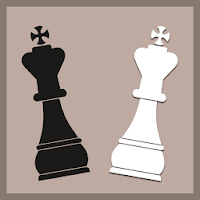




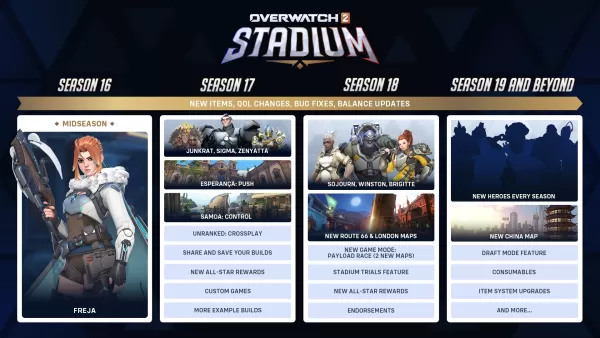

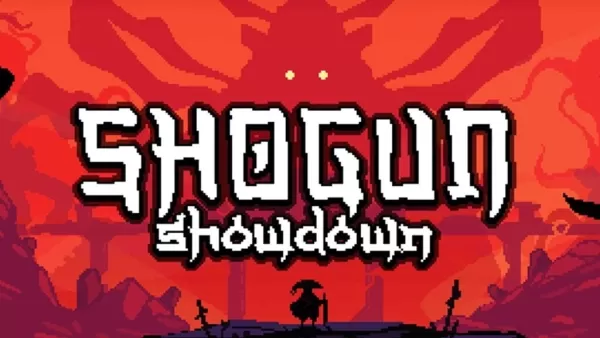


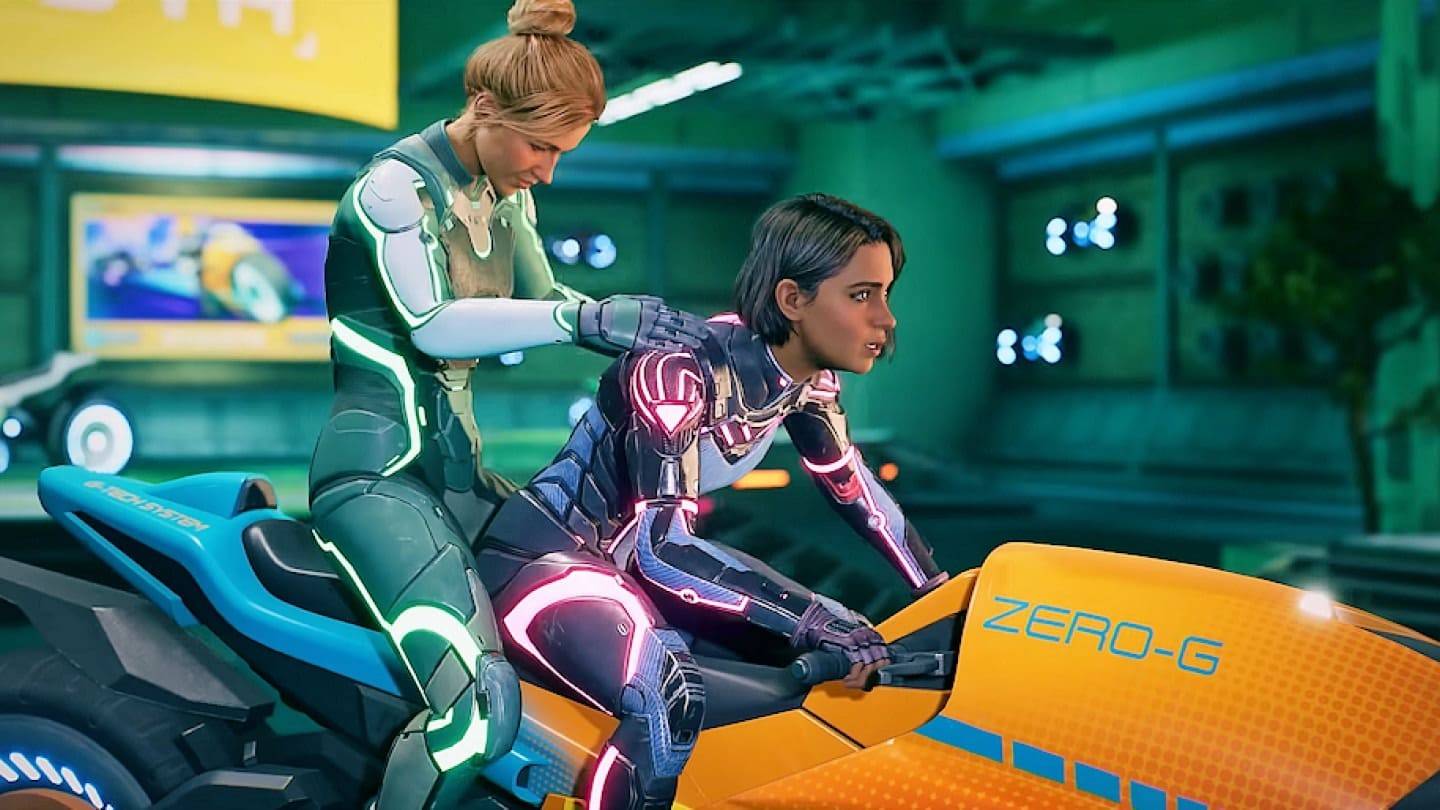


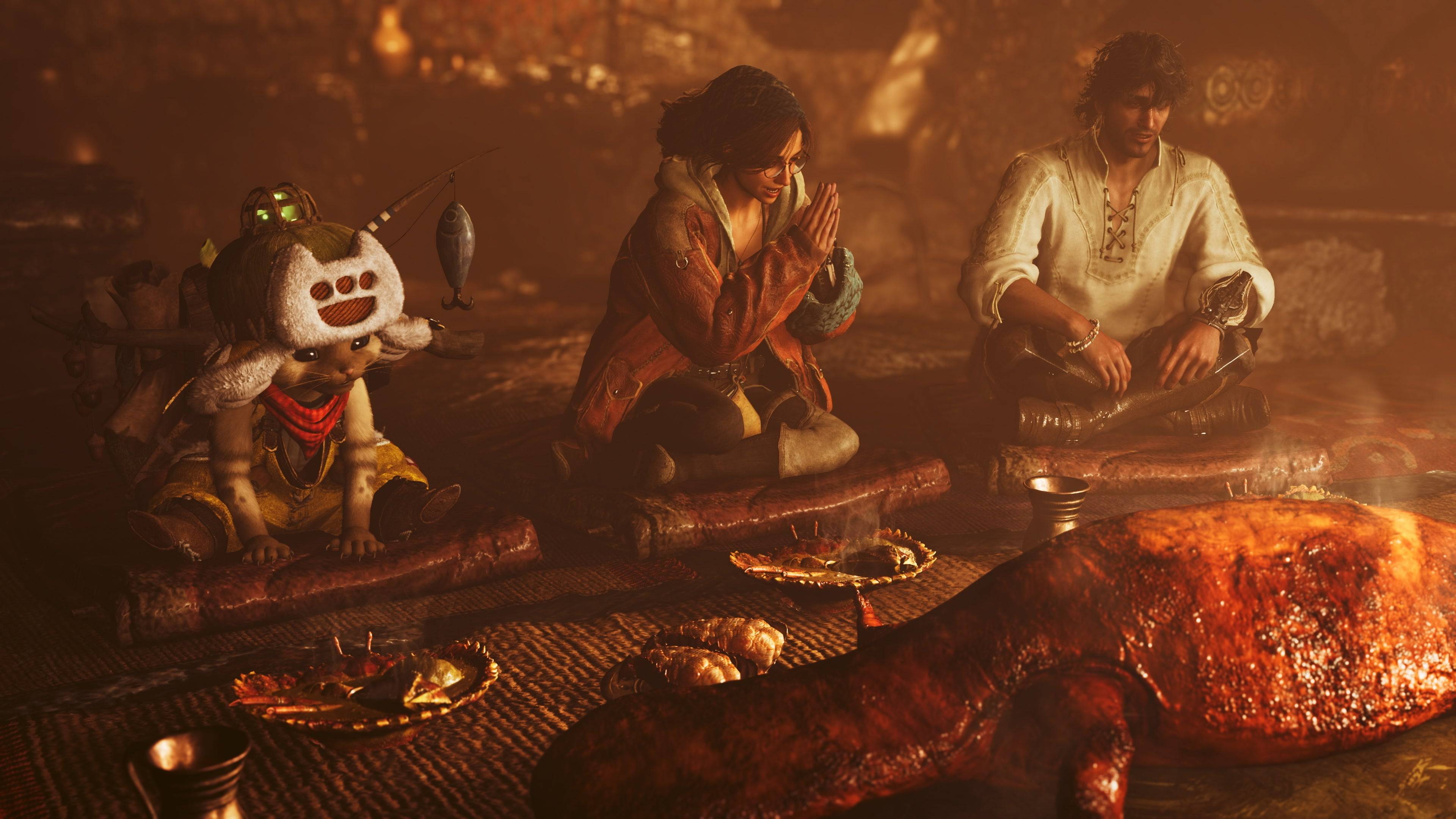














![Salvation in Nightmare [v0.4.4]](https://imgs.21qcq.com/uploads/36/1719555347667e551321c26.jpg)
